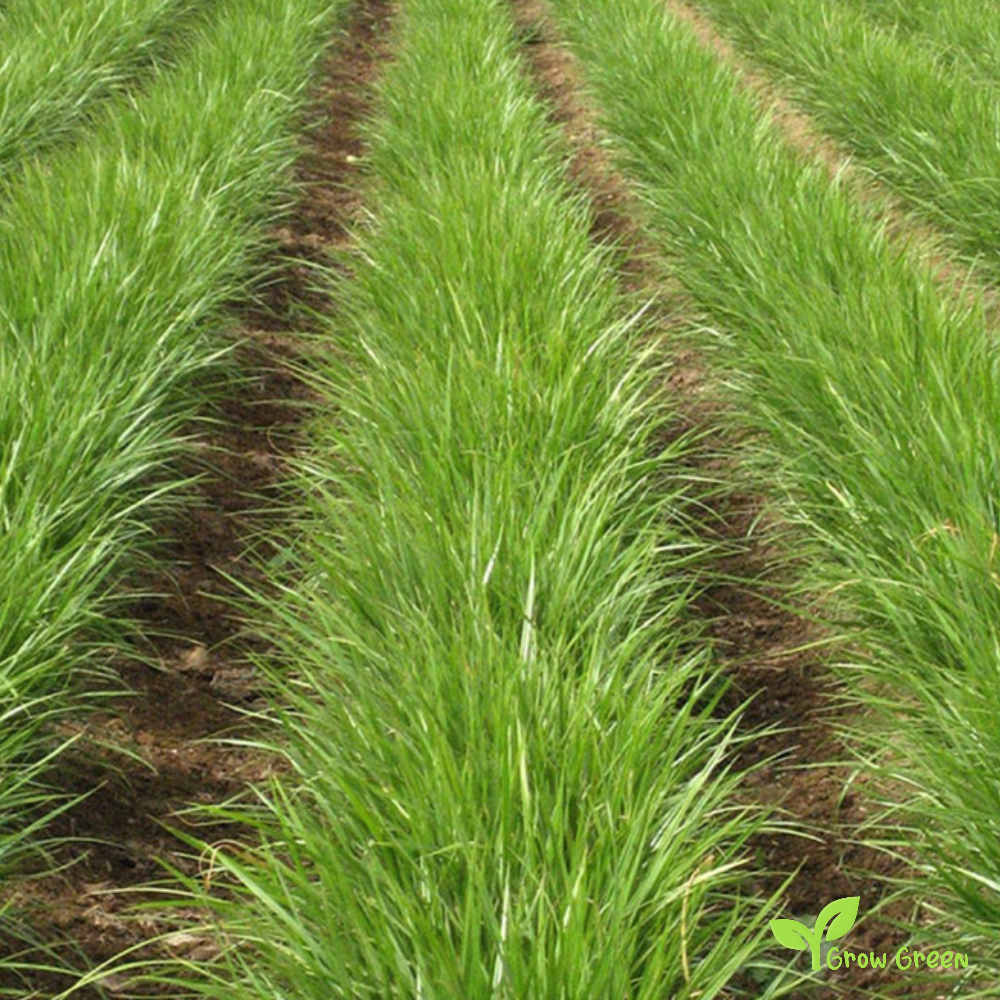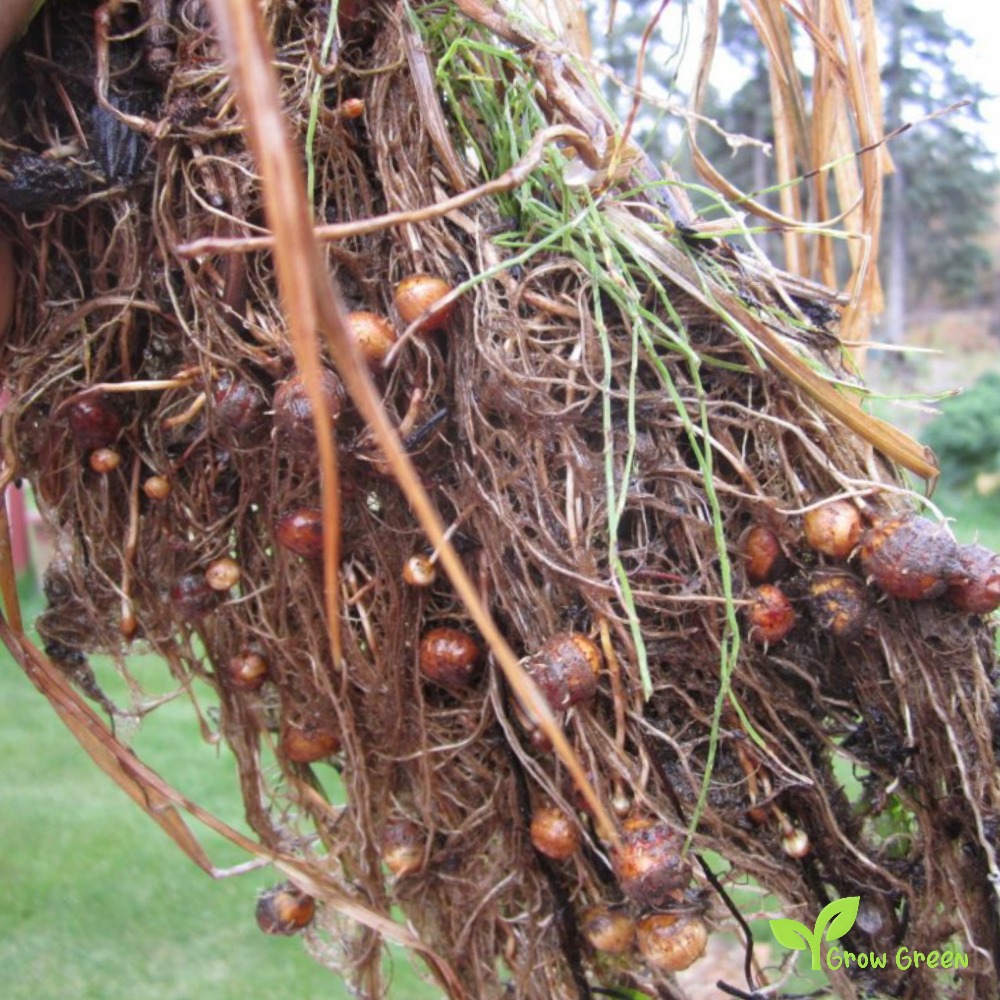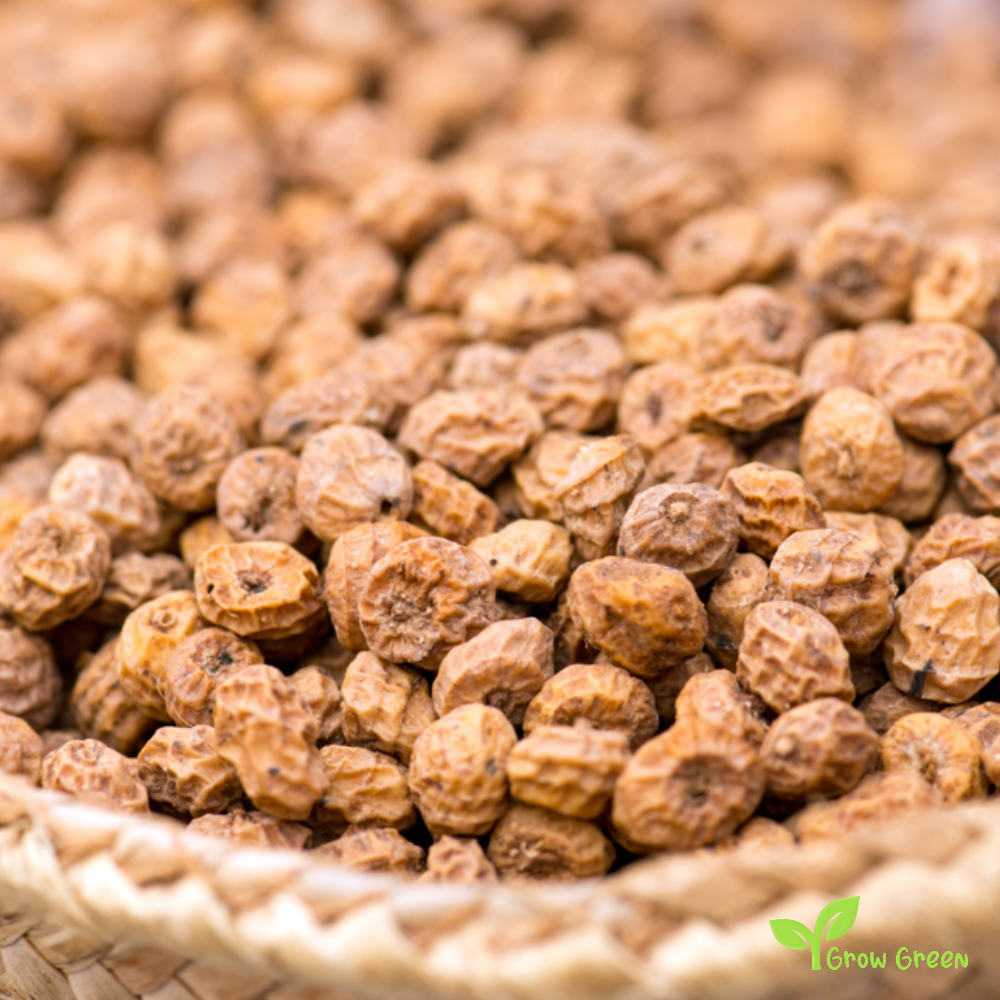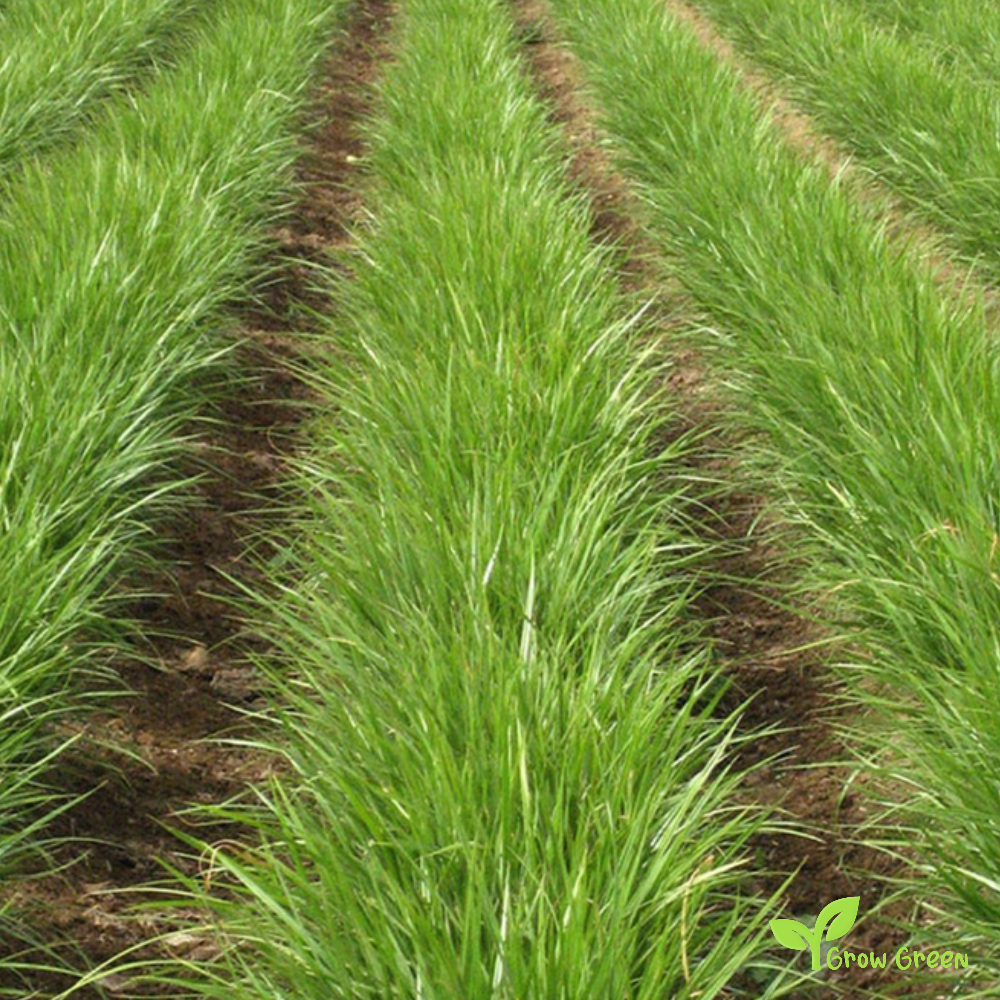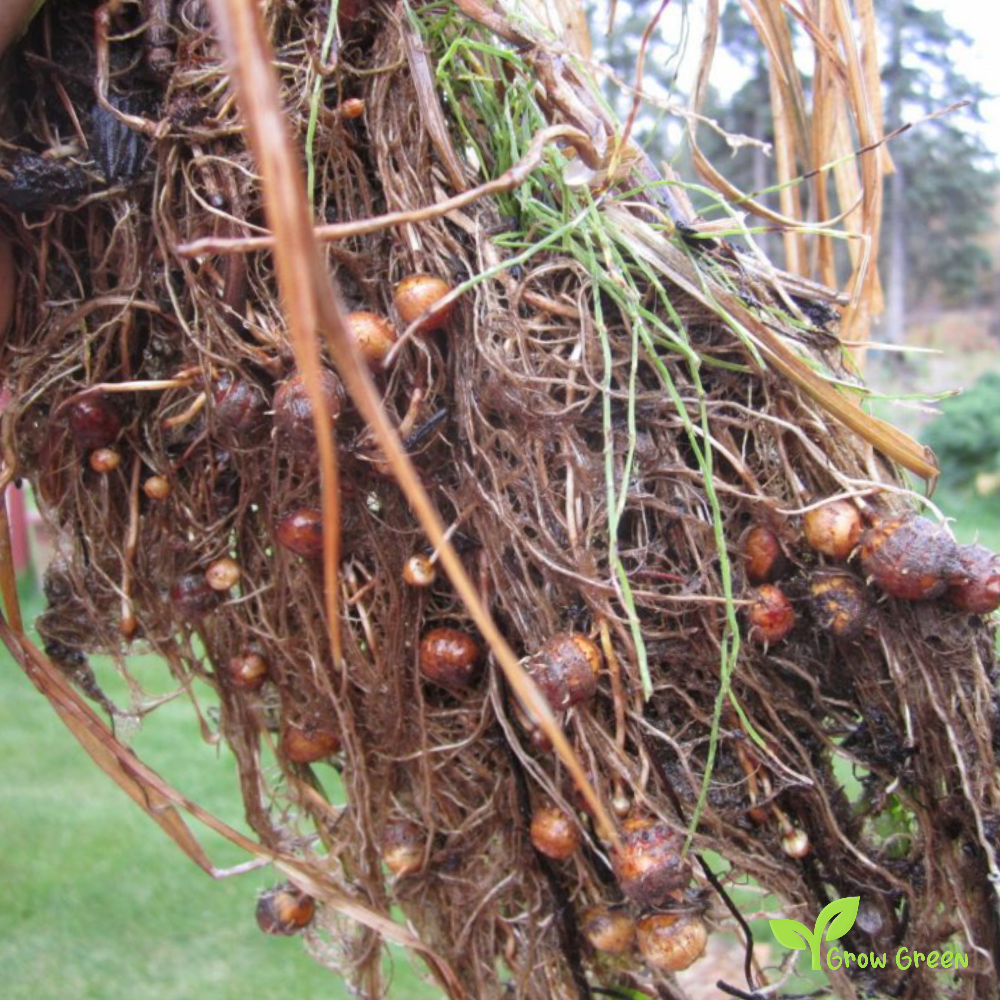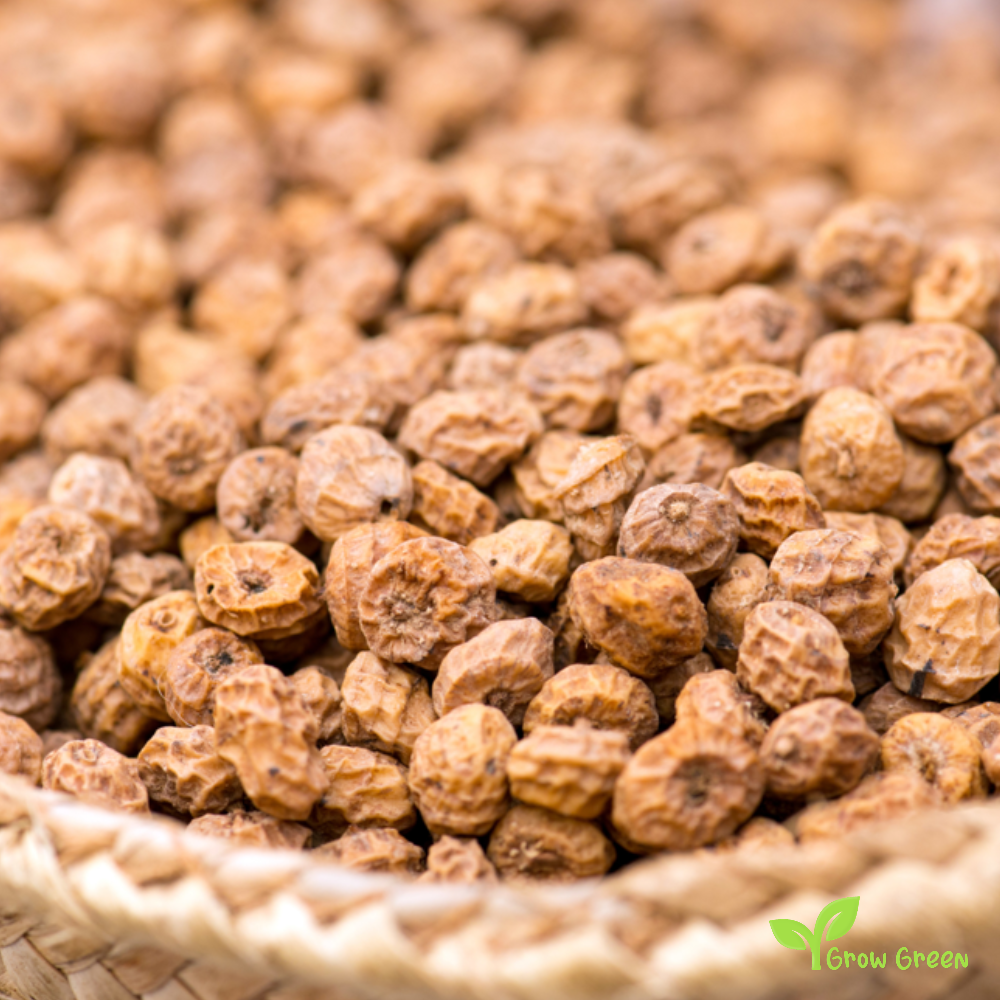Grow Green Seeds
1 Tiger Nut Plants - 7cm Tall - CYPERUS ESCULENTUS - CHUFA + Gift 5 seeds of Sunflower
1 Tiger Nut Plants - 7cm Tall - CYPERUS ESCULENTUS - CHUFA + Gift 5 seeds of Sunflower
Couldn't load pickup availability
Tiger Nut
Cyperus esculentus (also called chufa, tiger nut, atadwe, yellow nutsedge, and earth almond) is a species of plant in the sedge family widespread across much of the world. It is found in most of the Eastern Hemisphere, including Southern Europe, Africa and Madagascar, as well as the Middle East and the Indian Subcontinent. C. esculentus is cultivated for its edible tubers, called earth almonds or tiger nuts (due to the stripes on their tubers and their hard shell), as a snack food and for the preparation of horchata de Chufa, a sweet, milk-like beverage.
Cyperus esculentus can be found wild, as a weed, or as a crop. It is an invasive species outside its native range, and is readily transported accidentally to become invasive. In many countries, C. esculentus is considered a weed. It is often found in wet soils such as rice paddies and peanut farms as well as well-irrigated lawns and golf courses during warm weather.yperus esculentus is an annual or perennial plant, growing to 90 centimetres (3 feet) tall, with solitary stems growing from a tuber. The plant is reproduced by seeds, creeping rhizomes, and tubers. Due to its clonal nature, C. esculentus can take advantage of soil disturbances caused by anthropogenic or natural forces. The stems are triangular in section and bear slender leaves 3–10 millimetres (1⁄8–3⁄8 inch) wide. The spikelets of the plant are distinctive, with a cluster of flat, oval seeds surrounded by four hanging, leaf-like bracts positioned 90 degrees from each other. They are 5 to 30 mm (1⁄4 to 1+1⁄8 in) long and linear to narrowly elliptic with pointed tips and 8 to 35 florets. The color varies from straw-colored to gold-brown. They can produce up to 2420 seeds per plant. The plant foliage is very tough and fibrous and is often mistaken for a grass. The roots are an extensive and complex system of fine, fibrous roots and scaly rhizomes with small, hard, spherical tubers and basal bulbs attached.
The tubers are 0.3–2.5 cm (1⁄8–1 in) in diameter and the colors vary between yellow, brown, and black. One plant can produce several hundred to several thousand tubers during a single growing season. With cool temperatures, the foliage, roots, rhizomes, and basal bulbs die, but the tubers survive and resprout the following spring when soil temperatures remain above 6 °C (43 °F). They can resprout up to several years later. When the tubers germinate, many rhizomes are initiated and end in a basal bulb near the soil surface. These basal bulbs initiate the stems and leaves above ground, and fibrous roots underground. C. esculentus is wind pollinated and requires cross pollination as it is self–incompatible.
Sunflower - Gift
Rich in energy giving oils, Black Sunflower Seeds will attract a variety of birds to your garden.
Share
